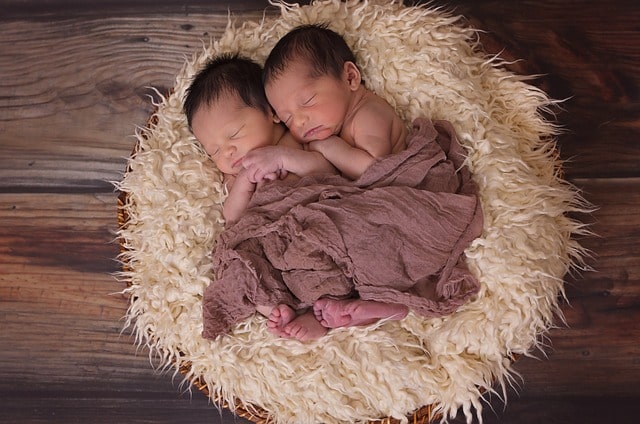
Chances of twins with IVF and two embryos
Chances of twins with IVF may access the results to be in a negative sense rather be made it positive allusions that the results may be announced negatively as if the results should be increased as chances are there but not the sure twin pregnancy the expert should recommend in such regard that may accrue the scenario accordingly. But it can be a possibility unless and until the embryologists should be transferring more than 2 or 3 embryos of high quality to be transferred in the female’s uterus so it will add on the chances to conceive with multiple pregnancies using artificial insemination with IVF treatments.
With the usage of artificial inseminations the chances of having twins and triplets should be increased but that is not for sure that the treatment should give the results as per the scenario as the more or less nuanced chance to conceive as per the better achievement of the multiple pregnancies the couple should discuss about the same with their fertility experts involved in such a case that as per the statistics in the year 2013, according to that statistics it is to be associated with the graph as is only 50% multiple pregnancies by IVF should be seen in the country US and in UK with higher rate of success of multiple pregnancies with the help of artificial inseminations that may allure the scenario that with natural reproduction, the chances of twins or triplets should be only about 3% or 4% in the general population.
Chances of twins with embryos create acknowledged character
In order to achieve success with IVF treatment the embryologists should be tried to transfer more than one embryo at a time and because of that, there should be an increment in achieving multiple pregnancies whether in the form of twins, triplets or may be more than that is being made a possibility.
Chances of twins with embryos should be ascertaining the progression that successful implantation of more than 2 embryos at a time in the female’s uterus may results in the multiple pregnancies whether with IVF twins or with IVF triplets may be an associative acquaintance that may be more or less probable with the same IVF treatments that are to be made assessable.
There must be a risk with having the multiple pregnancies with the treatment relative to IVF which is as per the statement that is the cause of joy and happiness for the couples and their families as the most awaited long time for a baby as the dream to be fulfilled for 2 or more than 2 at a price of single baby and the treatment to be made acknowledged with.
Risk associative with IVF twins
The risk with such are as follows: –
- Preeclampsia is the foremost caused risks as is associative with the multiple pregnancies from artificial insemination technique usage.
- Genetic disorders to be suffered from the patient or any partner from the couple should be a risk for the child.
- Diabetes is the other cause of risk that is being associative with such fertility treatments in case of multiple pregnancies it is a matter of concern.
- Intra-Uterine Growth Restrictions (IUGR) is the main and relevant cause of risk with such multiple pregnancies that is the concern of the couple having such treatments.
- Placental abruption is another cause of concern with IVF treatment for the twin pregnancy.
- Fetal demise or loss is also having involvement with the risks in case of more than 1 pregnancy for both either the mother or the babies should be at risk as is being faced by the baby.
- Also at the time of birth, there should be some risks relative to the same like low weight of the babies during birth.
- There should be an increment in the rate of Cesarean delivery faced by the mother during delivery in case of multiple pregnancies with Artificial inseminations.
- Premature delivery is also a cause relative to the same.
Read Also:
 Gestational Surrogacy Gestational Surrogacy India: A Hub of Surrogate Mother Delhi
Gestational Surrogacy Gestational Surrogacy India: A Hub of Surrogate Mother Delhi




